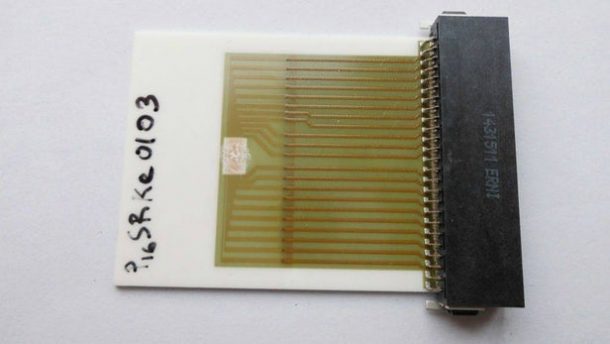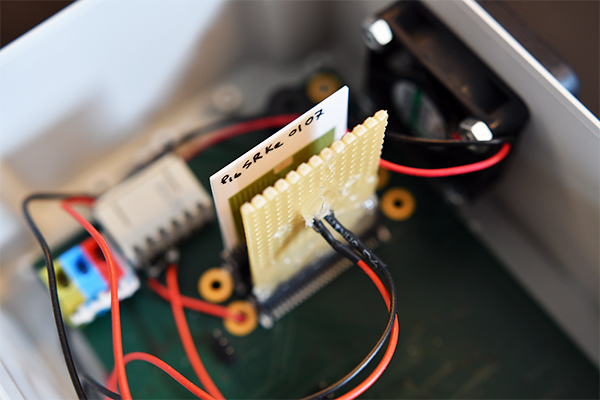Detecting odours such as something burning is an important human trait and it can save lives. Electronic sensors normally do the job much better than humans. That is what Germany’s Karlsruhe Institute of Technology has been thinking as they plan to develop a low-cost electronic nose.
The device is only a few centimetres in size and has a sensor chip that is connected to multiple sensors. Each of these sensors itself is made up of an array of tin oxide nanowires that have a very high electrical resistance. The resistance is temporarily lowered when the device is being used using a UV LED built into the sensor housing.

The airborne molecules that make up the odour then settle on these nanowires and the device can establish a pattern for the odour. This pattern is then compared to the various known odours that have already been programmed in the electronic nose and lets the user know as soon as it finds a match.
The electronic nose is now being commercialized by the university. It has previously collaborated with industry partners such as JVI Elektronik and FireEater to create the combustion gas-smelling SmokeSense fire alarm which you might have heard of.

“In the future, the electronic nose might be incorporated into all electric devices in order to prevent cable fires,” says project coordinator Dr. Martin Sommer. “Or it can be used in smartphones. When going shopping, everybody might be accompanied by his/her own highly sensitive electronic nose.”


